
 th Anniversary
th Anniversary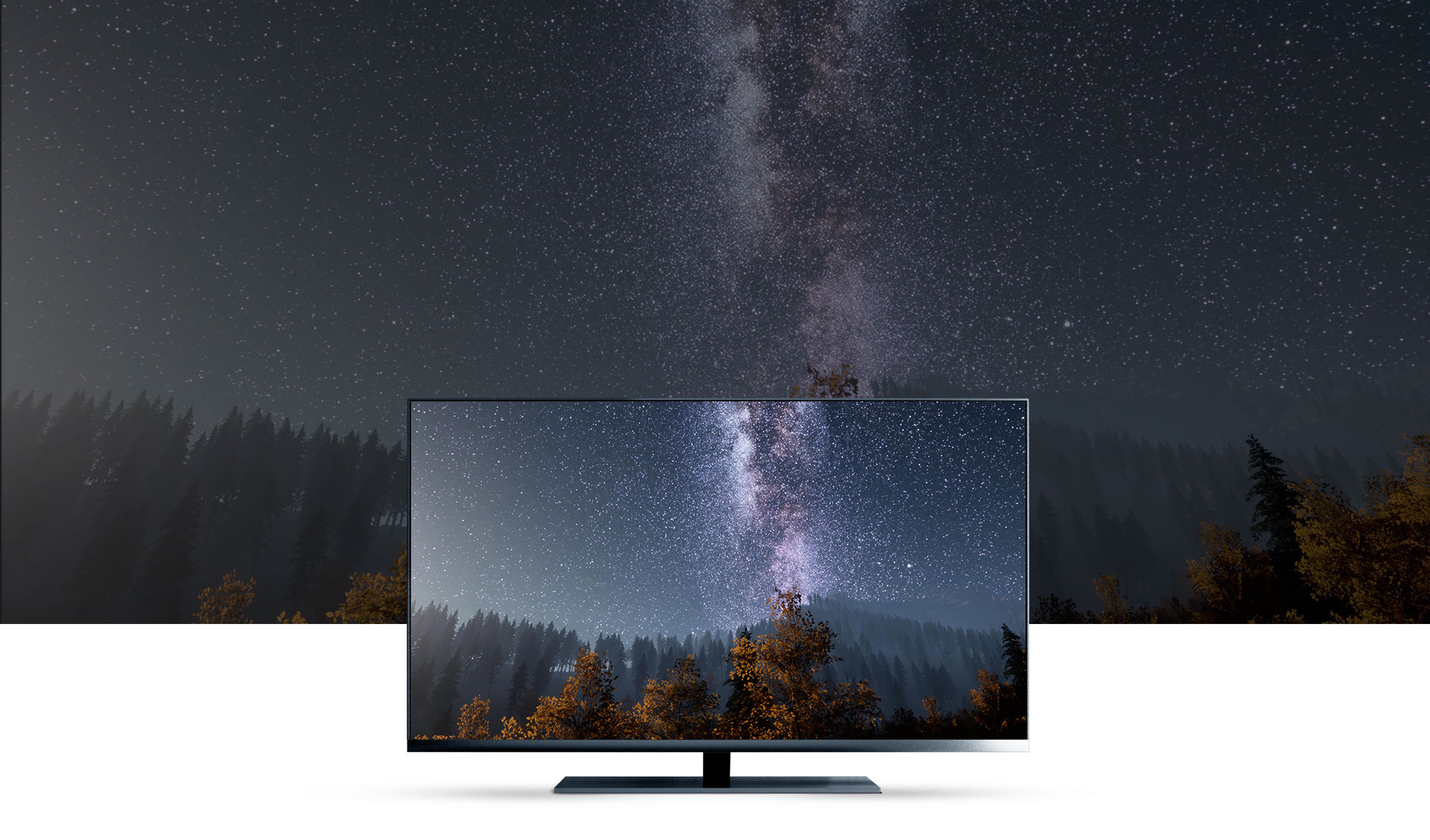
"Vision" allows us to know the size or shape of an object, light, brightness, as well as the location and movement of space. In other words, it is a sense that humans are most reliant on when judging objects. The age of visual image that enables more realistic experience of such sense has begun with the introduction of Ultra High Definition (UHD). Let's find out about the UHD technology that is opening up a new age of broadcast and what it offers to the viewers.

The dream technology that
transmits ultra high resolution videos
UHD is a new visual display technology that delivers a greater sense of reality to the viewers through videos that have even higher resolutions than the conventional Full HD TVs and immersive audio systems. In Korea, UHD broadcasting first began on May 31, 2017, through the three major terrestrial television channels. Korea also aired vivid images of the 2018 Pyeongchang Winter Olympics to the world in the UHD resolution for the first time, opening up a new age of broadcasting.
The UHD broadcasting technology can be largely divided into transmission technology and compression technology. First, the transmission technology includes Layered Division Multiplexing (LDM). This broadcasting transmission technology was developed by Korean researchers, which is superior than the conventional TDM and FDM technologies in terms of efficiency and quality. The LDM technology is a method of transmitting two or more broadcasting signals by dividing them into different layers. In other words, it can simultaneously provide UHD broadcast and mobile HDTV in one channel, reducing the transmission costs and facilitating efficient use of frequency resources.
In summary, it can provide video services of better qualities and content to the viewers. In addition, the technology was selected as ATCS 3.0 by Advanced Television Systems Committee (ATCS) on January 2016, enabling American viewers to watch vivid images of the Pyeongchang Winter Olympics in UHD resolution in the United States. At that time, the ETRI researchers collaborated with CBC, a broadcasting company based in North Carolina, US, and succeeded in delivering live broadcast.
Another technology that is required to realize UHD broadcast is High Efficiency Video Coding (HEVC). HEVC is a codec developed to compress and transmit ultra high resolution images such as QFHD, 4K, and 8K. To put it in simple words, ultra high resolution videos have enormous data sizes. And HEVC is a technology that compresses and transmits this large image data, and then restores it to the original state. To simplify it a bit more, it is similar to the movie Ant-Man. Like Ant-Man can enlarge or reduce the size of his body, the size of the video data is reduced and then restored to its original size. UHD broadcasting technology is not comprised only of the LDM technology and HEVC technology. In the broadest sense, it is comprised of transmission technology and compression technology, which are LDM and HEVC technologies, respectively.
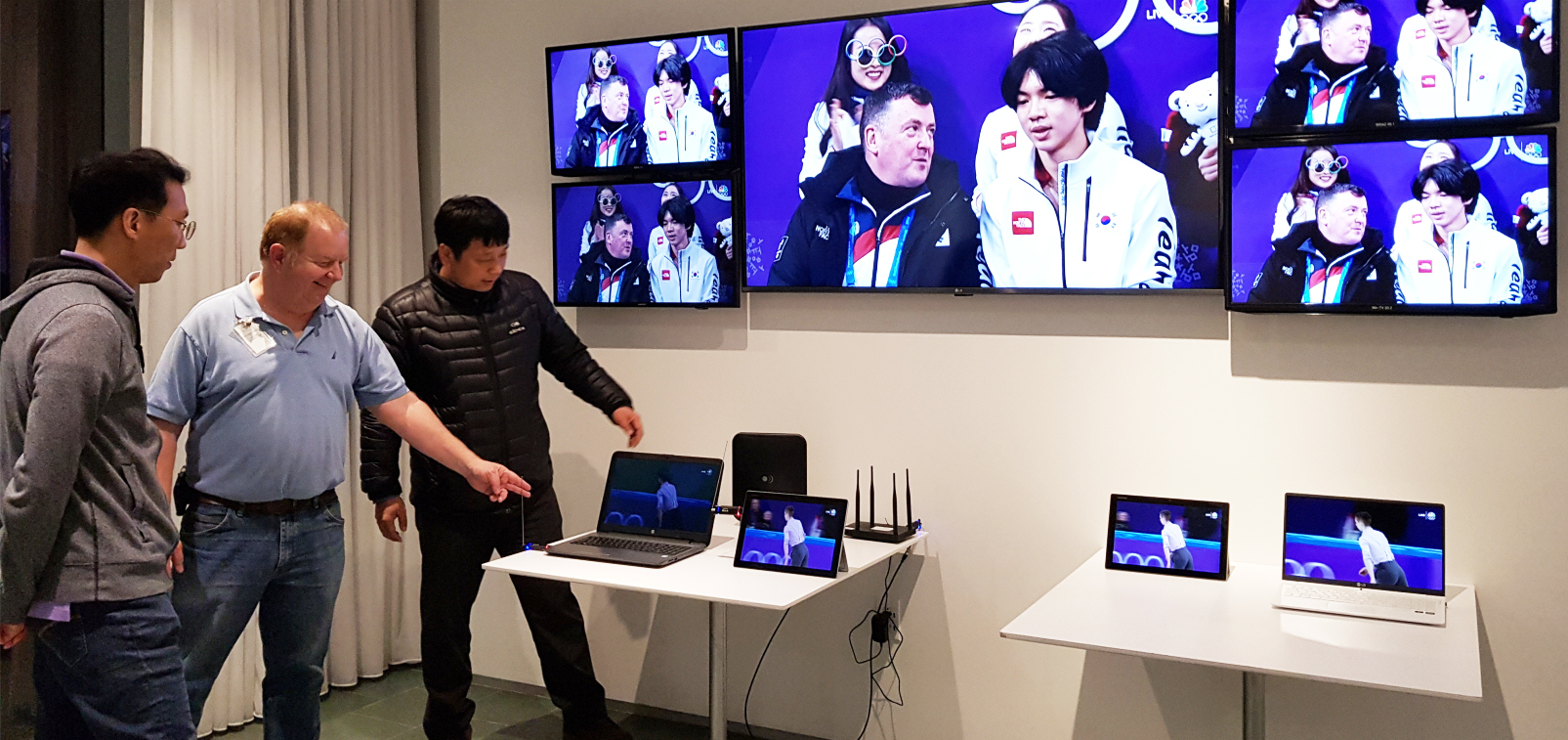

UHD emergency disaster broadcast
ensures safety of citizens
As explained thus far, Korea has world-class UHD broadcasting equipment and technology. In particular, ETRI participated in National Association of Broadcasters (NAB) Show, the world’s largest international broadcast equipment trade show held annually at the Las Vegas Convention Center, and exhibited essential UHD broadcasting technologies, broadcasting and communication convergence services, and emergency disaster broadcasting services together with Korean broadcasting equipment suppliers.
ETRI’s major technologies that are introduced to the world include broadcasting and communication convergence service technology based on ATSC 3.0 (a standardization organization that establishes North American terrestrial digital broadcasting standards), ATSC 3.0 channel-bonding system, ATSC 3.0 public viewing system, and ATSC 3.0 targeted ad service which receives ads that a small-scale broadcasting system user wants during broadcast and then displays customized ads during the ad time.
In addition, ETRI exhibited an ATSC 3.0-based terrestrial UHD emergency disaster broadcasting service technology together with a Korean broadcasting company. This technology can provide personalized emergency disaster broadcasting services containing regional information and offering multiple languages along with multimedia such as images, audio, and additional video in comparison with the conventional text-based disaster warning messages provided by DTV.
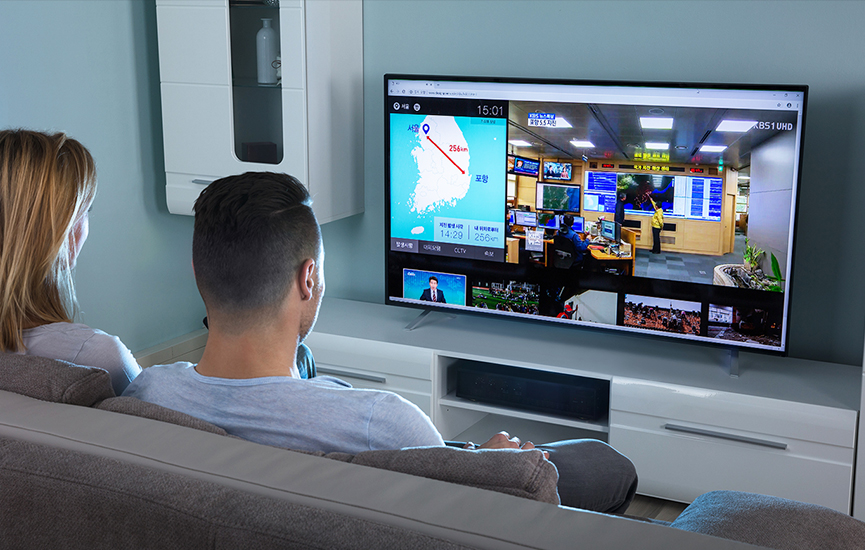
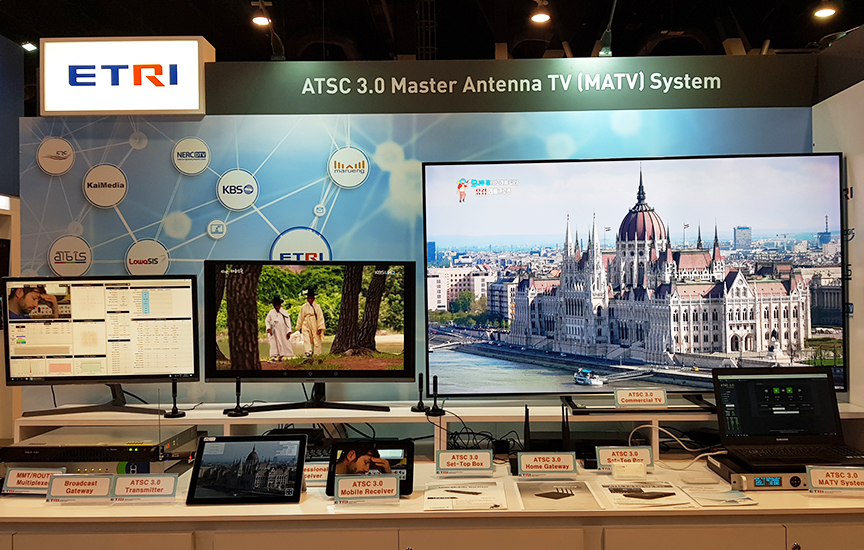

Convergence of UHD and 5G
Experts expect that UHD will develop a complementary relationship with 5G mobile communication technology in the future. Although mobile communication technology can provide seamless services even indoor or underground environments, it always comes with the burden of communication fees. On the other hand, broadcasting technology guarantees user access, providing videos for free of charge without traffic limits even in environments with a high number of users. Users can utilize this fact to guarantee access. For example, users can selectively utilize broadcast signals to watch TV shows in places where signals are available, or use the 5G network in places where the signals are weak. In other words, it provides broadcasting services which could not be provided easily through the existing broadcasting technology such as ultra-high-definition service or customized content by organically linking them with 5G.
Contrarily, when there is a rapid media traffic surge in an area where there is a high number of 5G users, it can prevent communication service failures that occurred in the past by using the broadcasting network to divert the traffic. For example, on New Year's Day this year, KakaoTalk experienced a surge in the traffic, which triggered an error in sending and receiving messages. The error caused great inconvenience on the users. Sinclair Broadcasting Group, the largest broadcasting company in North America, is also actively conducting research related to broadcasting and communication convergence technology in this perspective.
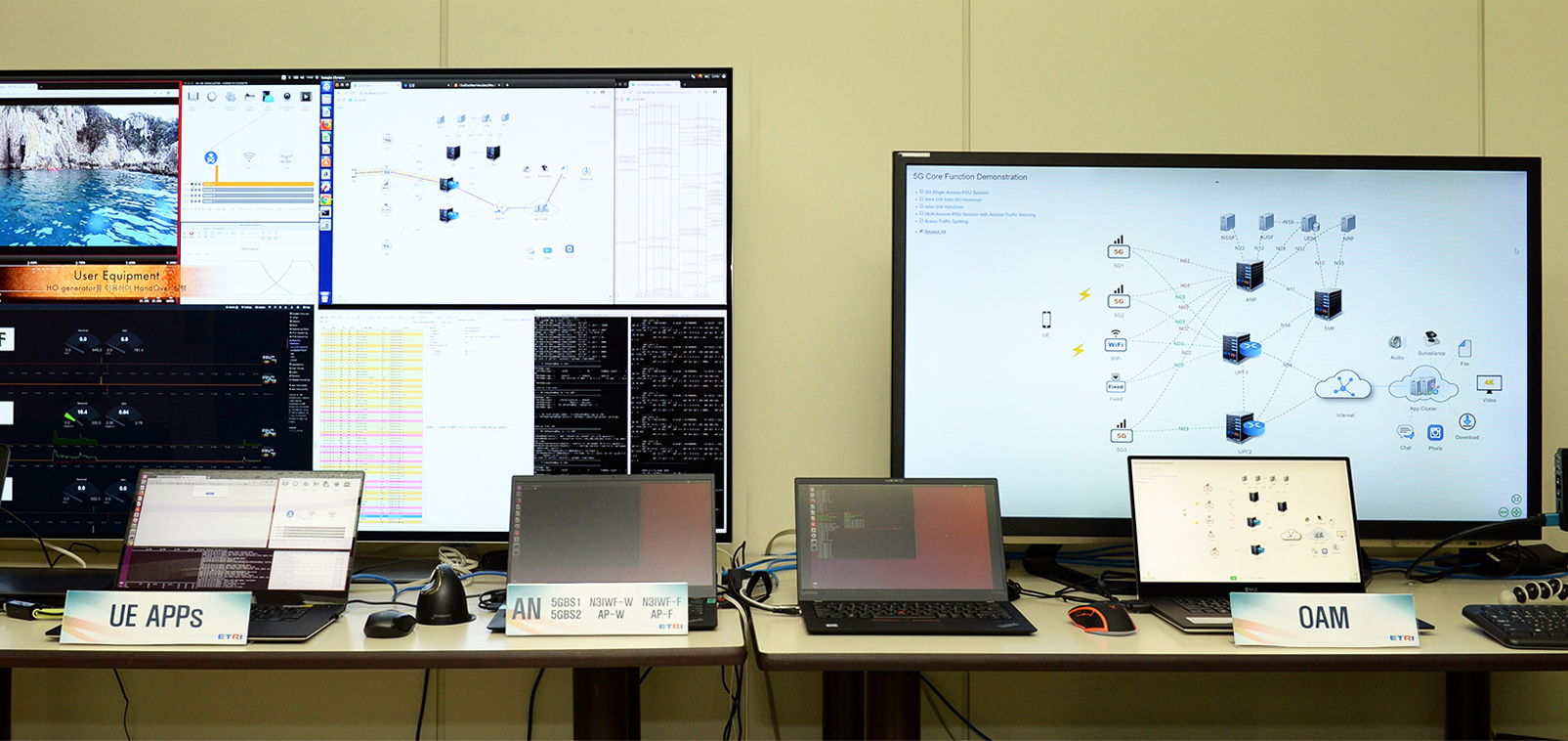
As such, in the age of 5G, it is predicted that UHD broadcasting technology will gain more importance than ever. In order to provide mass media services, the advancement of Multimedia Broadcast and Multicast Service (MBMS) technology, which is a broadcasting technology using a communication network, is essential. The MBMS is a next-generation mobile TV technology that can receive broadcast signals using the third-generation mobile communication network (WCDMA). This technology can support both communication and broadcasting services through the upgrade of WCDMA network without requiring further investment such as installing base stations. The current UHD terrestrial broadcasting technology was designed in the way it can converge with various technologies including 5G. In the age of 5G, if the integration between communication networks and broadcasting networks is promoted from the early stage of the market, Korea will be able to further develop competitive broadcasting technology in the future.
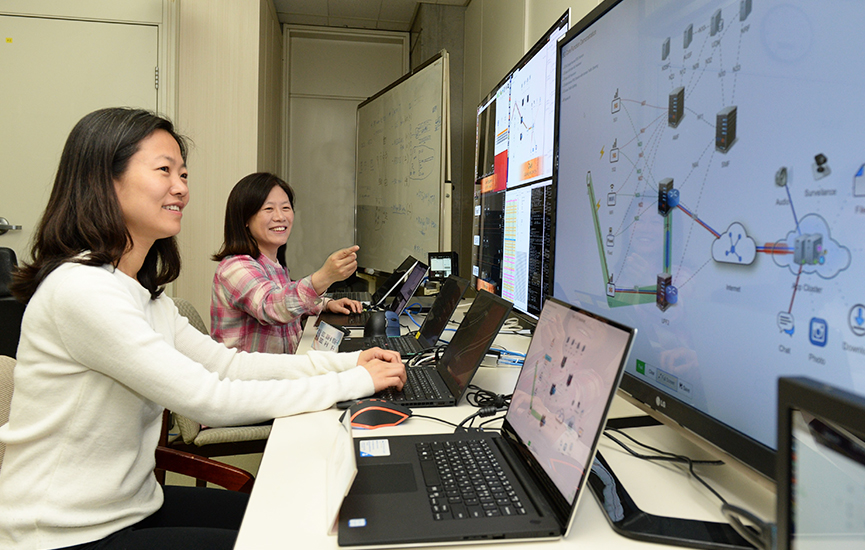
List of 45 Key Research Accomplishments